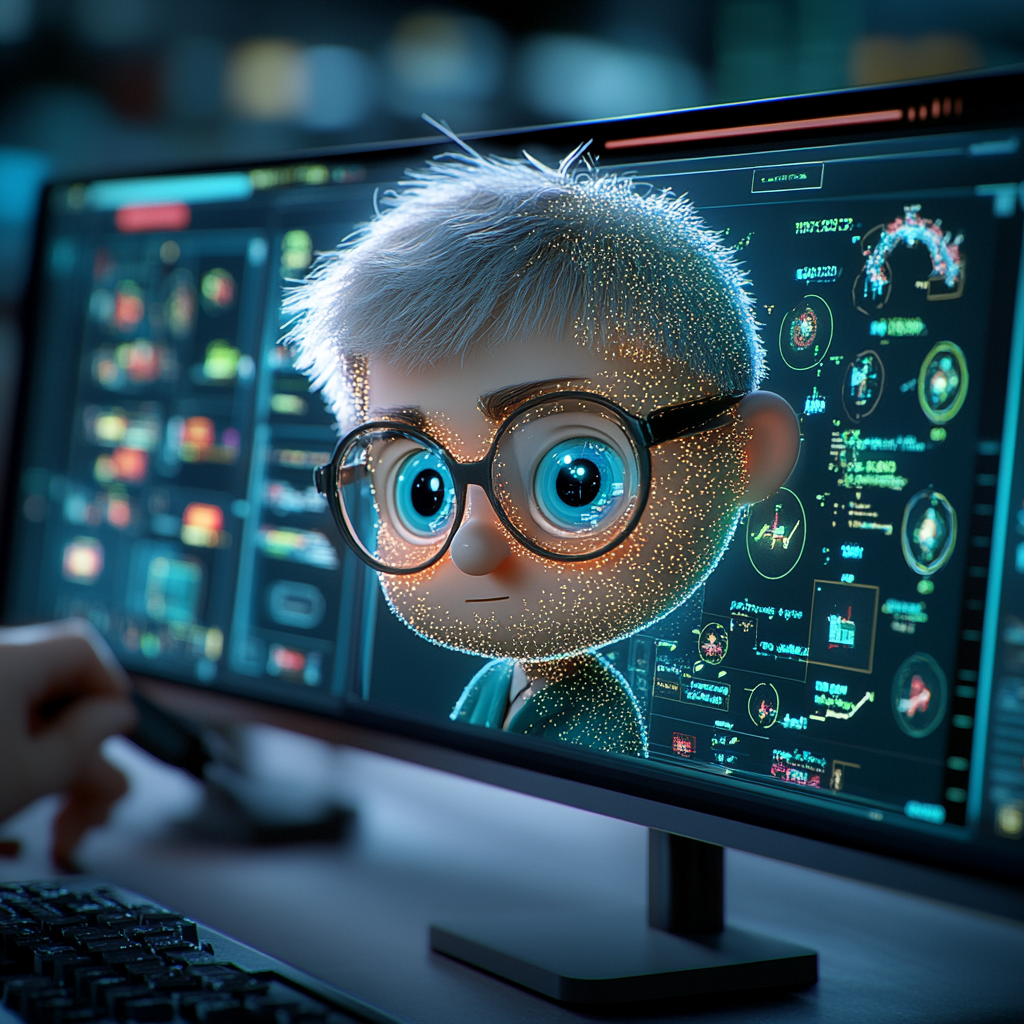OUR BLOG
🧬 Culture Prototype: Stop Designing Culture Like a Mission Statement
Responsible AI Adoption: Turning Principles into Action

Let’s get real.
By now, most organisations have a slide somewhere that says:
“We use AI responsibly.”
But when you ask what that really means — who decides, how it’s enforced, what gets measured — silence.
Because too often, ethics lives in the policy deck.
💡 Not in the decision-making flow.
If you want your AI strategy to be more than PR, you need to operationalise responsibility.
🧠 What does that look like?
✔️ Clear criteria for acceptable and unacceptable use
✔️ Decision pathways for when AI-generated output is not used
✔️ Accountability frameworks: who owns which part of the risk
✔️ Diversity in design and testing teams
✔️ Continuous auditing — not just before launch, but post-deployment
👉 Responsible AI isn’t what you say.
It’s what you build — into the system.
🚫 Common pitfalls:
❌ Delegating “ethics” to legal or compliance teams only
❌ Assuming fairness because “the model says so”
❌ Focusing on technical bias but ignoring organisational ones
❌ Confusing transparency with consent
❌ Measuring success by adoption, not by actual impact
Ethics without feedback loops is just branding.
✅ How to embed real responsibility:
- Co-design AI governance with cross-functional teams
- Include affected users — early and often
- Translate abstract principles into decision-making tools
- Make responsible use visible, not just stated
- Reward people who raise red flags — not just those who deliver fast
💥 Final provocation:
What if the most strategic move you could make this year
was not scaling faster —
but scaling more responsibly?
If you believe ethics isn’t a side note but the foundation of smart AI adoption, tag someone who’s building systems that deserve our trust 🤝⚙️.
Beyond Tools: AI as an Operating System for Strategic Thinking

Most organisations still treat AI as a toolkit.
Some new features, a chatbot, a recommendation engine…
But the real transformation doesn’t happen at the tool level.
💡 It happens when AI becomes a new infrastructure for thinking.
That’s the leap:
👉 From AI as automation… to AI as augmentation of judgment, vision and strategy.
🧠 What changes when AI becomes your strategic OS?
- Decisions become faster and more informed
- Pattern recognition becomes collective, not just expert-driven
- Leadership moves from “knowing” to “sensemaking”
- Teams shift from execution to exploration
- Strategy evolves continuously, not annually
In short:
AI doesn’t just support the plan — it challenges how the plan is made.
🚫 What gets in the way?
❌ Siloed adoption of tools with no strategic integration
❌ Metrics focused on productivity, not intelligence
❌ A culture that fears error instead of learning from it
❌ Treating AI as “tech stuff” instead of a core leadership topic
❌ Waiting for perfect data instead of starting with informed experimentation
✅ How to start operating strategically with AI:
- Frame AI as a thinking partner — not a saviour or enemy
- Make its use visible in strategy conversations
- Invest in capability-building across roles, not just technical ones
- Design for sensemaking loops — reflection, synthesis, recalibration
- Create governance structures that ask: Is this decision better now? For whom?
💥 Final provocation:
What if AI is not just a toolset…
but a new mental model for how we lead, collaborate and learn?
If you’re building a more intelligent organisation — not just a more efficient one — share this with someone redesigning strategy at the cognitive level 🧠🌐.
Strategic Upskilling: Building AI-Capable Teams Without Fear

There’s one mistake we see over and over again:
Leaders think they need to train their teams on tools.
A few prompts, a few workshops, maybe a cheat sheet.
But real AI capability doesn’t come from tool fluency.
It comes from mindset fluency.
💡 Because working with AI isn’t just about knowing how to use it —
it’s about knowing when, why, and how it serves your thinking, not replaces it.
🧠 What AI-capable teams actually do differently:
- They ask better questions before jumping to automation
- They understand that not all efficiency is progress
- They co-create with machines instead of delegating blindly
- They test, reflect and improve — not just “prompt and hope”
- They make AI part of the team, not a black box in the corner
👉 The real transformation happens when AI becomes a thinking partner, not a shortcut.
🚫 What gets in the way of real upskilling?
❌ Fear of being replaced
❌ Lack of time to experiment
❌ Obsession with mastering the tool instead of exploring the use case
❌ Managers who want AI results but don’t invest in learning cycles
❌ Teams that don’t feel safe to “get it wrong”
And let’s be honest:
you can’t upskill a team you don’t trust to learn.
🛠 How to enable meaningful upskilling:
- Focus on roles, not tools — what decisions should be enhanced by AI?
- Start with low-stakes use cases where experimentation is safe
- Build shared language around what “AI-capable” looks like
- Make time for learning — don’t expect it to happen “after hours”
- Celebrate insight, not just outputs
💥 Final provocation:
What if your team doesn’t need more training…
but more permission to think, try, and adapt?
If this resonates, tag someone who’s actively building the kind of team that grows with AI — not despite it 🧠⚡.



